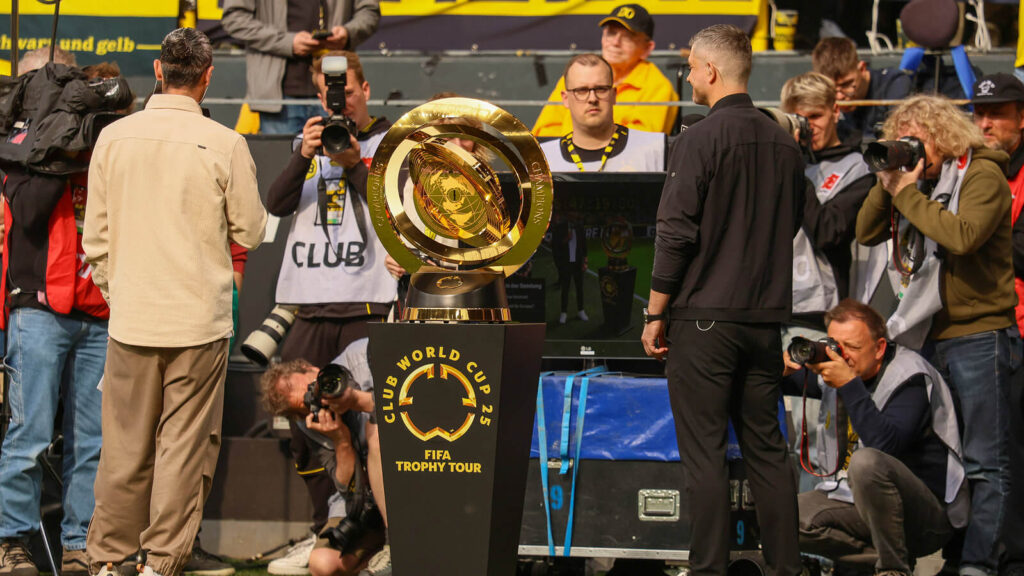The FIFA Club World Cup is not merely a competition but a celebration of diversity in football. The 2025 edition in the U.S. will display the varying ways in which different regions experience football. From Europe’s structured pressing style to South American samba style, through to African athleticism, Asian discipline and the rising energy of CONCACAF. This article studies these styles, what makes them successful in their own environments, as well as the events in the global arena when they interact.
What Makes Each Region’s Football Unique?
On a global plane, football features several cultures amidst the magnificent backdrop of the world. Every continent offers its own philosophy on the beautiful game. From precision in Europe to the creativity of South America; from explosive athleticism in Africa to the discipline in Asia; from mixed energy in North America to being inventive in Oceania, what these stand for, is a reflection upon the societal level. These identities arise as one from varying historical paths, geographical differences and differing yet established sporting ecosystems. What really sets football apart is the coexistence of contrasting styles and their interlinking.
The Club World Cup creates the brightest light for such collisions. When such cultures collide, that is when the sport is at its most vibrant and at times most unpredictable. The tournament is beyond just a competition. It is a living performance view of how different societies express themselves within the same rules, rejecting that there can ever be one way to play the worldwide game.
Why European Football Dominates the Global Stage
European clubs have won 15 of the last 17 Club World Cups, and their dominance is no accident. Teams like Real Madrid, Manchester City and Bayern Munich represent the pinnacle of modern tactical evolution.

Key Tactical Traits
- High Pressing & Gegenpressing – Clubs like Liverpool and Bayern hunt in packs to win the ball early.
- Positional Play (Juego de Posición) – Pep Guardiola’s influence has made structured possession football the standard.
- Physical & Aerial Dominance – Premier League sides excel in set-pieces and duels.
- Data-Driven Coaching – Marginal gains in nutrition, sports science and analytics give European clubs an edge.
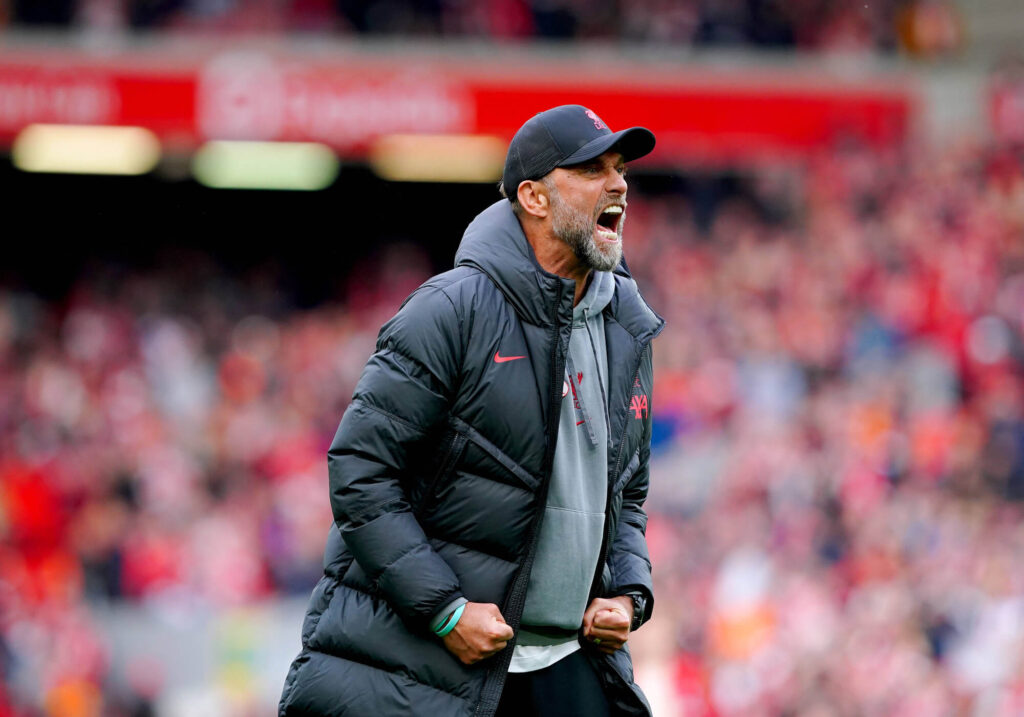
Why They Usually Win
European teams control matches through superior organization. Their players are drilled in complex systems from youth academies, making them adaptable under pressure.
Weaknesses?
- Sometimes struggle against unpredictable, flair-driven opponents (e.g., South American teams).
- Can be overly structured, lacking spontaneity.
South America’s Flair: The Art of Chaos
While Europe thrives on structure, South American football is improvised, emotional, and full of magic. Clubs like Flamengo, Palmeiras and River Plate produce players who play with instinct and creativity.
Key Tactical Traits
- Dribbling & 1v1 Mastery – Players like Neymar, Luiz Suarez and Messi honed their skills in Brazil, Uruguay and Argentina.
- Vertical, Fast Transitions – Quick long balls to wingers and strikers.
- Man-Marking & Aggression – Defenders play on the front foot, often risking fouls.
- Emotional Swings – Games can turn on moments of individual brilliance or lapses in concentration.
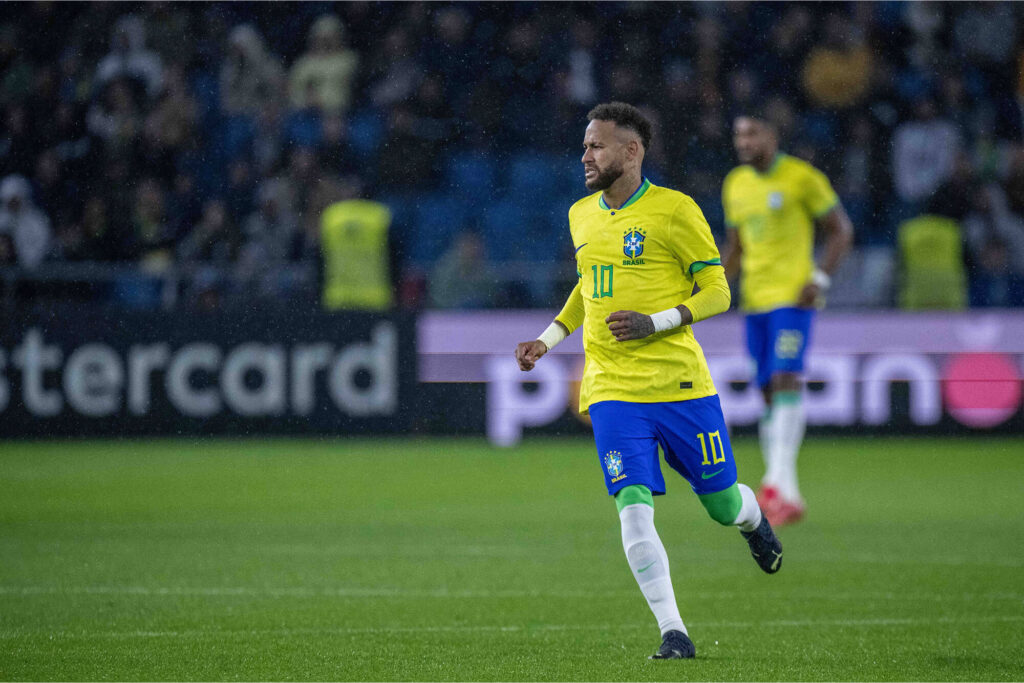
Why They Challenge Europe
South American teams unsettle structured opponents with unpredictable attacks. Their academies prioritize technical skill over rigid tactics, producing world-class dribblers.
Weaknesses?
- Defensive disorganization in big games.
- Often outmuscled by European physicality.
African Football: Power, Pace and Potential
African clubs like Al Ahly (Egypt) and Wydad Casablanca (Morocco) rely on raw athleticism and explosive transitions. Many of Europe’s top players – Mohamed Salah, Sadio Mané, Victor Osimhen – come from African leagues.
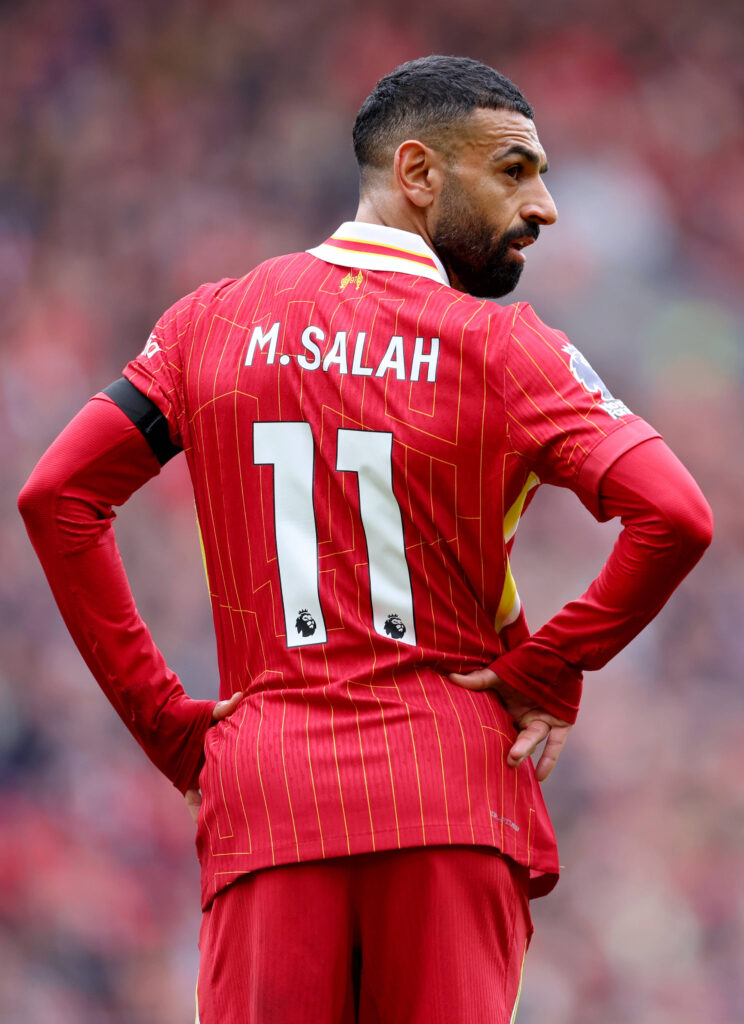
Key Tactical Traits
- Speed & Physicality – Dominant in 1v1 duels and counterattacks.
- Direct Play – Long balls to fast wingers and strikers.
- High Pressing (In Spurts) – Less structured than Europe but can overwhelm with intensity.
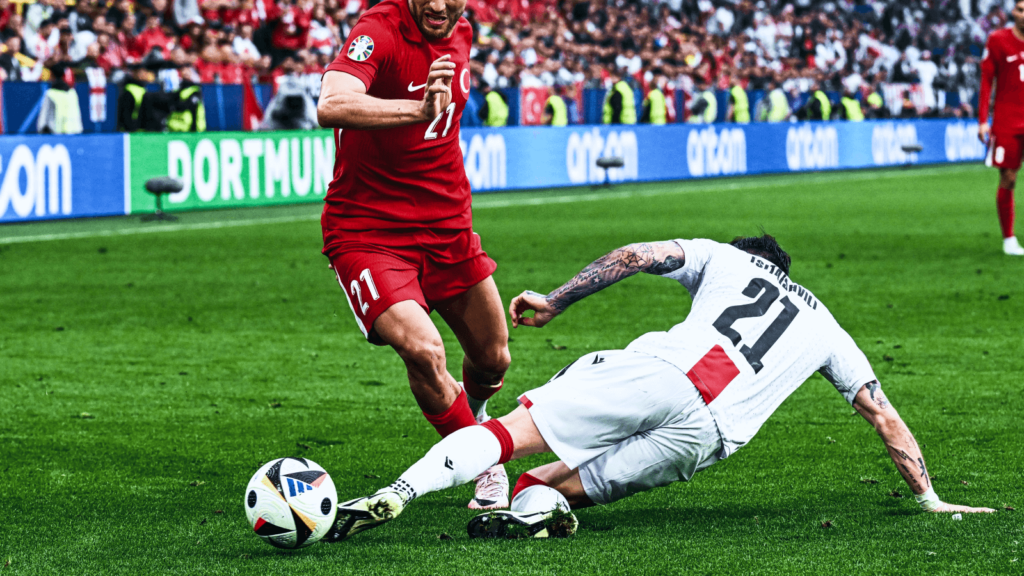
Why They Can Upset Giants
African teams outrun and overpower technical opponents. Their players often have superior stamina and explosiveness.
Weaknesses?
- Tactical naivety in possession play.
- Inconsistent defending against organized attacks.
Asian Football: Discipline Over Flair
Asian teams like Al-Hilal (Saudi Arabia) and Urawa Reds (Japan) prioritize defensive solidity and tactical discipline. While maintaining their trademark discipline, top Asian clubs are increasingly blending European tactical concepts with local strengths .
Key Tactical Traits:
- Compact Defensive Blocks – Hard to break down.
- Quick Counterattacks – Precise passing to release fast forwards.
- Set-Piece Specialists – Well-trained routines for goals.
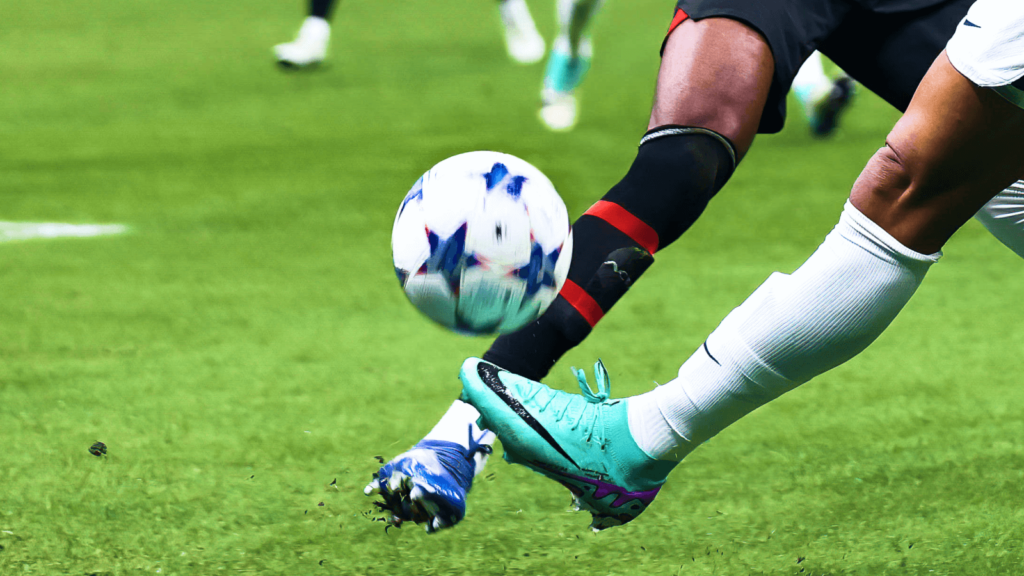
Why They Frustrate Opponents
Asian clubs rarely dominate possession but excel in low-block defending and counters. The growing influence of foreign coaches in Asian football and the continent’s ambitious development programs, are producing a new generation of technically-gifted players comfortable in multiple systems.
Weaknesses?
- Lack of creative midfielders compared to Europe/South America.
- Struggle against physical teams.
CONCACAF’s Rise: Can MLS Clubs Compete?
CONCACAF clubs – Seattle Sounders, Monterrey, Inter Miami – are improving but still behind Europe. The 2025 edition in U.S. and Méxican stadiums could provide a crucial boost. CONCACAF teams will enjoy familiar conditions while testing their progress against elite competition.
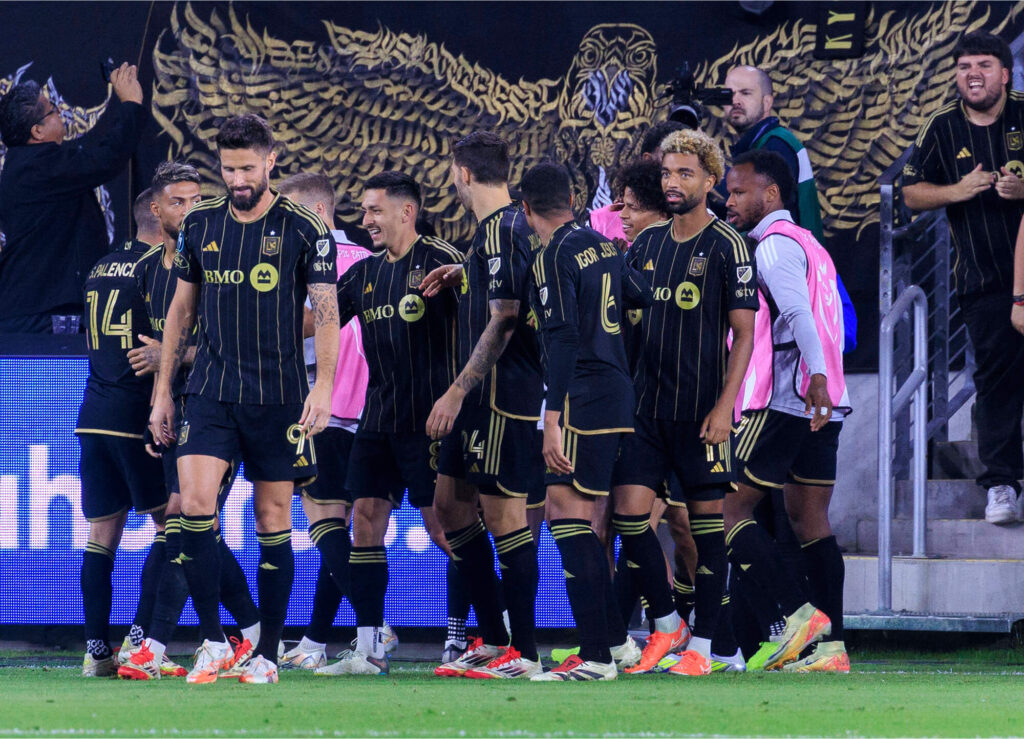
Key Tactical Traits:
- High Energy & Pressing – MLS teams now adopt European-style pressing.
- Transition Play – Fast breaks using pacy wingers.
- Growing Tactical Depth – More sophisticated coaching in recent years.
Can They Challenge?
MLS teams sometimes spring surprises (Seattle’s 2022 run) but usually lack consistency against elite clubs. Teams can spring surprises but usually struggle against elite opposition.
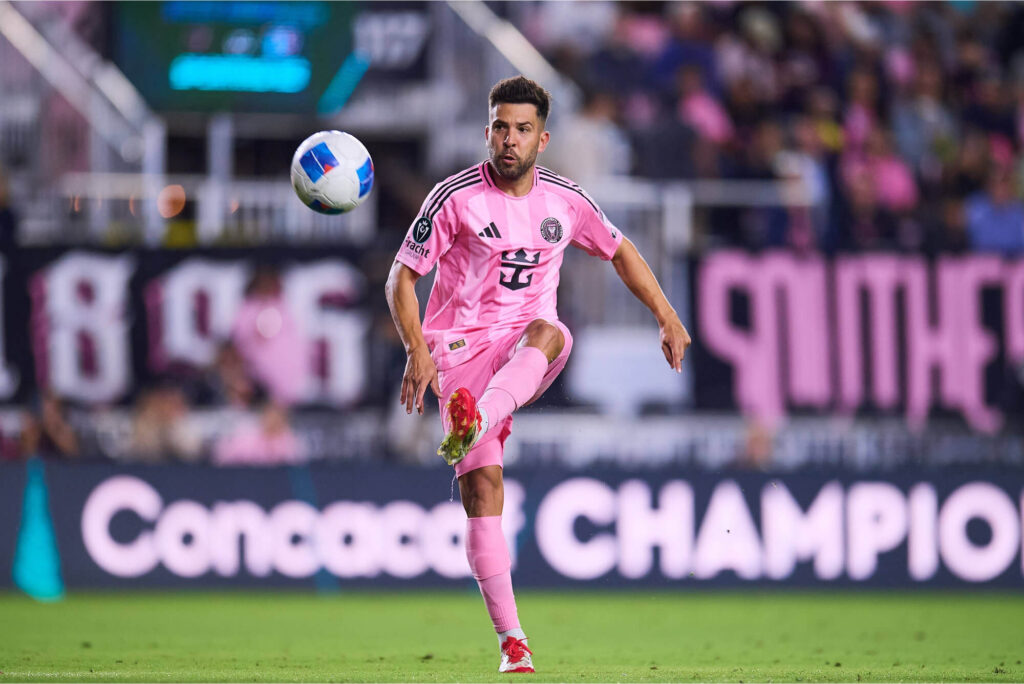
Oceania’s Uphill Battle
Oceania (OFC) is the weakest confederation, with teams such as Auckland City (NZ) getting outmatched most of the time. The 2025 expanded format could generate more opportunities for OFC clubs to exhibit their development on the world stage.
Key Traits:
- Resource Impediments – Smaller playing pool.
- Underdog Impulse – Surprise shocks once in a while.
Realistic Expectations?
Oceania clubs usually bow out in the early rounds but usually give a good account of themselves with grit. They have shown tactically they can hold their own, where Auckland City famously had a lead against Sanfrecce Hiroshima for 67 minutes in 2012 before falling 1-0.
When Key Styles Collide
The FIFA Club World Cup is the only global tournament really capable of pitting the unique footballing philosophies from each continent against each other. When European precision clashes with South American flair, when African athleticism tests Asian discipline, you see football at its purest, in its most diverse form. Matchups at the 2025 edition in the United States will be really intriguing in this light, as the global game continues evolving while remaining regional in identity.
